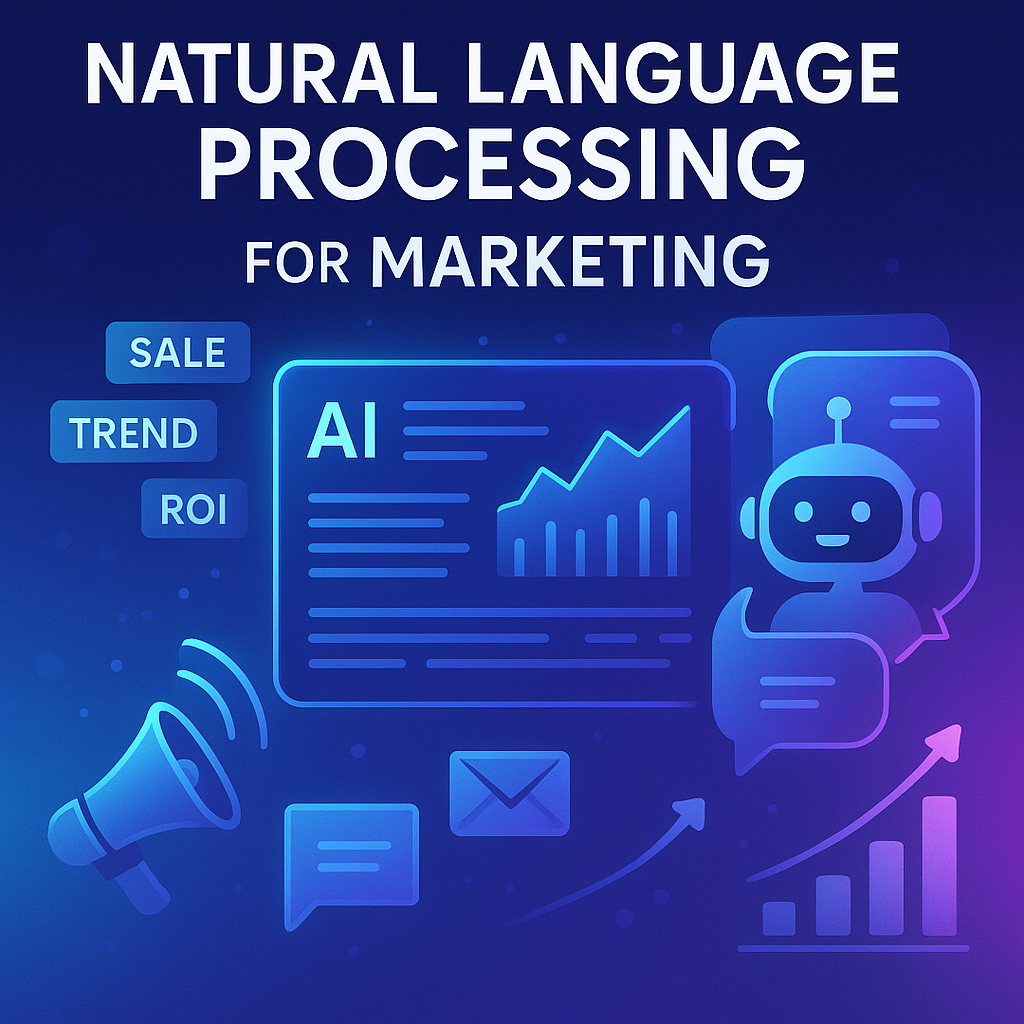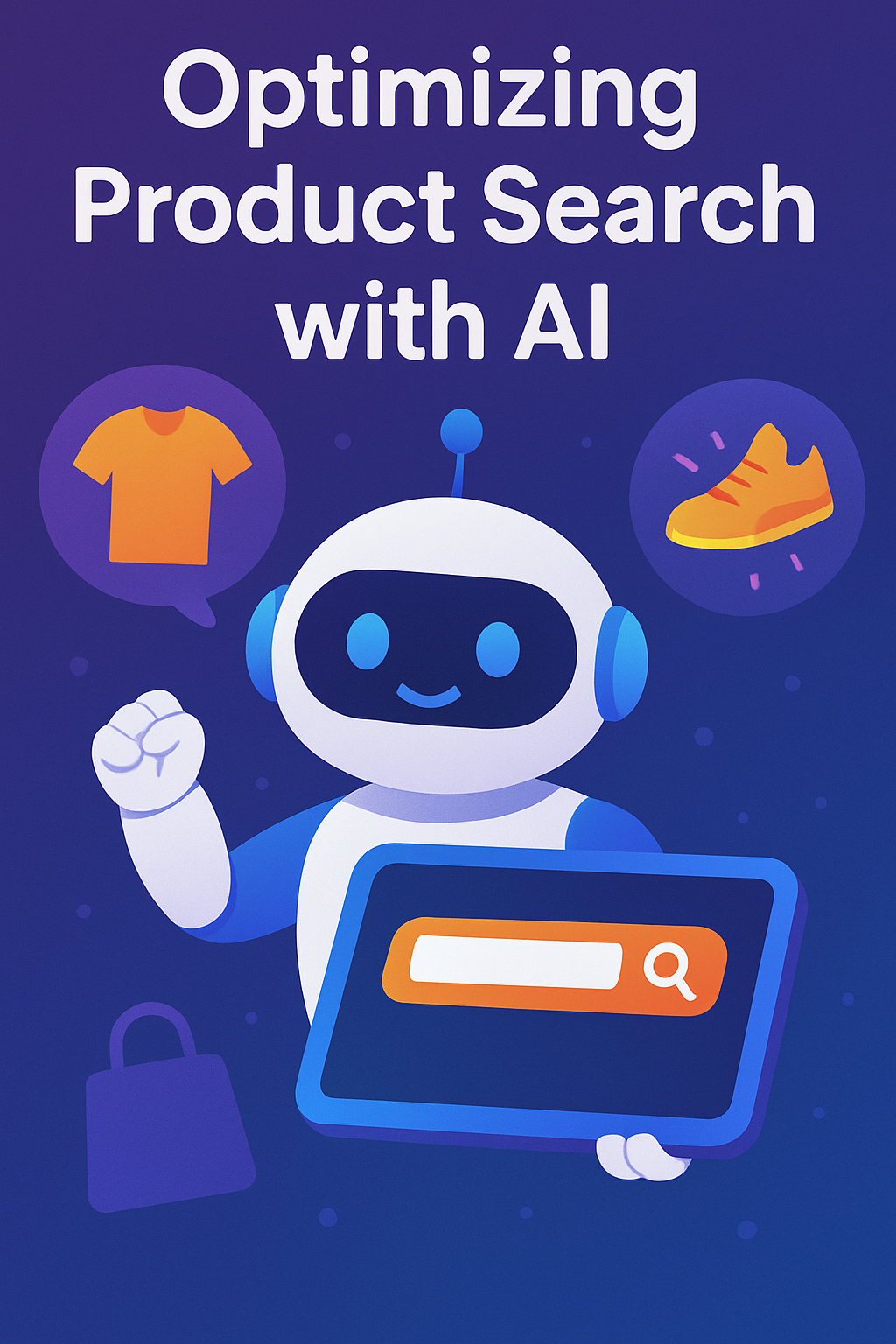Introduction to NLP in Marketing
Natural Language Processing (NLP) has transformed how businesses approach marketing. By enabling machines to understand, interpret, and generate human language, NLP opens up opportunities to enhance customer engagement, analyze sentiments, and automate tasks that traditionally required human involvement.
In this blog post, we will explore how NLP is used in marketing to improve customer experience, segment audiences, and streamline content creation. Additionally, we'll discuss practical applications and the future potential of NLP in marketing.
Understanding NLP's Role in Marketing
In marketing, NLP is applied to extract valuable insights from large volumes of unstructured data such as customer reviews, social media posts, and emails. It allows marketers to:
- Analyze Sentiments: NLP models can assess customer feedback and categorize it as positive, negative, or neutral. This helps marketers understand how customers feel about their products or services.
- Enhance Customer Support: Chatbots and virtual assistants powered by NLP can provide personalized customer service, handling multiple queries at once and ensuring a seamless experience.
- Segment Audiences: NLP can help marketers segment audiences based on interests, behavior, or demographics extracted from text data.
The ability to extract meaning from textual data has given marketers a powerful tool to create more targeted, relevant campaigns. Sentiment analysis is one such application, providing insights into customer feelings and attitudes toward a brand.
Mathematics Behind NLP in Marketing
The core of most NLP applications, including sentiment analysis and text classification, is based on the vectorization of words. One popular technique for transforming text into numerical data is the Term Frequency-Inverse Document Frequency (TF-IDF) method.
The TF-IDF score for a word is calculated as follows:
\\[ \text{TF-IDF}(w) = \text{TF}(w) \times \text{IDF}(w) \\]
Where:
- \\( \text{TF}(w) \\) = Term frequency of the word \\( w \\) in the document
- \\( \text{IDF}(w) \\) = Inverse document frequency of the word \\( w \\) across all documents
The TF-IDF score reflects how important a word is in a document relative to the rest of the corpus. This score is used in many NLP algorithms to identify the most significant terms in a text and make predictions based on those terms.
Practical Applications of NLP in Marketing
Let’s take a look at some real-world examples of how NLP is used in marketing:
- Customer Feedback Analysis: Brands can analyze customer feedback from social media, emails, and surveys using sentiment analysis to gauge customer satisfaction and improve their services.
- Chatbots for Customer Support: NLP-powered chatbots can handle customer queries in real-time, improving user experience and reducing response time. Explore more about voice assistant integration in eCommerce to enhance customer interaction.
- Content Generation: NLP can automate the generation of product descriptions, blog posts, and even social media content, ensuring consistency and saving time. Read more about automated content creation in our Automated Content Generation with NLP blog.
Implementing NLP in Marketing Campaigns
To implement NLP in marketing campaigns, you can use pre-trained NLP models available through frameworks like Hugging Face and spaCy. Here's a simple Python example using the Hugging Face library to perform sentiment analysis on customer reviews:
# Install necessary packages
!pip install transformers
# Import necessary libraries
from transformers import pipeline
# Load pre-trained sentiment analysis model
nlp = pipeline("sentiment-analysis")
# Analyze customer review
review = "This product is amazing! It exceeded my expectations."
result = nlp(review)
print(result)
In this example, we use the Hugging Face pipeline for sentiment analysis to analyze the sentiment of a customer review. By integrating such models into your marketing campaigns, you can understand customer sentiment and tailor your marketing strategies accordingly.
Challenges in NLP for Marketing
Despite its vast potential, there are several challenges when using NLP in marketing:
- Data Quality: NLP models are only as good as the data they are trained on. Poor quality data can lead to inaccurate results.
- Language Nuances: Sarcasm, irony, and cultural differences can make it difficult for NLP models to interpret text correctly.
- Scalability: As the amount of data grows, the computational power needed to process and analyze it increases.
However, with advancements in machine learning and NLP, these challenges are becoming easier to address. If you are interested in learning more about overcoming these challenges, read our guide on Overcoming NLP Challenges in Marketing.
Conclusion
Natural Language Processing has the potential to transform marketing by providing deeper insights into customer behavior, automating content creation, and improving customer interaction. By leveraging NLP in marketing campaigns, businesses can gain a competitive edge and create personalized experiences that drive customer loyalty.
As NLP continues to evolve, its applications in marketing will only expand, making it an essential tool for modern marketers. For more insights, check out our post on NLP for Marketing and learn how you can start implementing these technologies today!








